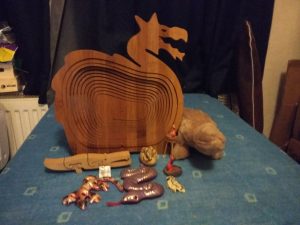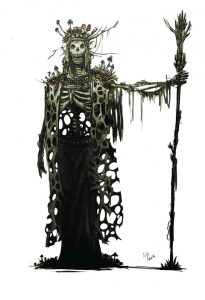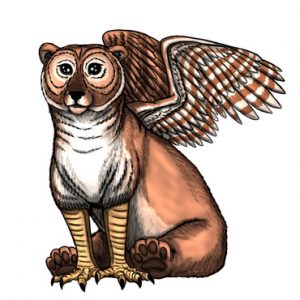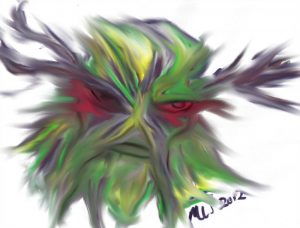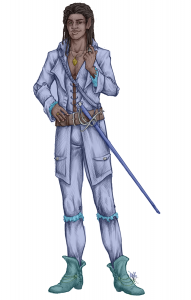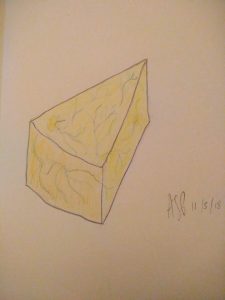
Cheese makes for good adventurer’s rations
Ste wants us all to write about our experiences with visual arts. I’m not so much about what it looks like – my artistic streak has always been music, and writing to me is an extension of sound – I read everything out loud – even in my head, words are vocalised, characters have accents, and locales are narrated. This may be the root of the long-running disagreement between Ste and I about the role of commas. I put them where I breathe, and Ste uses a different set of rules. [I overuse dashes instead – I like commas, but dashes are about 20% cooler. – Ste]
Appropriately, I’m writing this sat in an art gallery. Well, not quite, but it’s my in-laws place, and that whole branch of the family are artists – sculptors, photographers and painters <See my blog last week – Loz>. Every wall is covered with pictures, every level surface has sculptures and vases and hats and antlers and … stuff. It’s at the same time fascinating and intimidating.
Every kid draws some, and paints some – we’re visual creatures, and part of making sense of the world is to try to reproduce the pictures in our heads. I never really got much beyond the ‘this is my family, and my home; my mum is not actually as tall as my house’. Where I’ve had to draw things – for handouts when teaching – I’ve tended to go with symbols. Things one can construct – 36 pointed stars and other applied geometry. Occasionally, the odd cartoony figure has crept in – this person is thinking, this one is writing, this one is running. But I’ve mostly just broken up text with tables and diagrams, or even clipart.
Everyone who does any kind of visual work at all has just groaned. We love to hate art libraries – whether they were the old 8-bit squares, the MS clipart series or newer online ‘art for your game’ archives. The problem is where they are overused, where we see the same dozen images again and again – and we feel the author is lazy, and we disdain – and of course the legal knot of copyright and fair use.
Recently of course, the standard range of clipart will not do. Ste wrote about usage rights on Google Image searching, and that has sufficed for most of the Setting Shards for which I was lead writer. Most of the art I’ve picked out is from Wikimedia – and there’s enough there for much of what we need, particularly when one applies the Crop tool. Take a look at all the art for Grey Market – most is from larger pieces selectively trimmed to say what we want to say.
We’ve commissioned some art – the Lichen Lich, Valdis the Magic Item Addict, the suit symbols for Concept Cards – but the problem with this is both expense (we wouldn’t take free, because exposure kills artists) and trying to communicate what is needed – one of the reasons for needing art is that sometimes words are not quite enough.
What we really need is one of us to be able to draw the worlds we imagine. To that end, both me and Amy are learning to draw. We’re doing Inktober – drawing something every day for a month, to explore styles and media. I’ve found I prefer working in pencils (you will probably never see the disastrous oil pastels attempts) And I love drawing puns – a Chocolate Moose, and the bandaged monster Mummy and her partner Daddy. Visuals are not my forte, but they are perhaps becoming my pianissimo?
I’m not going to be a professional illustrator any time soon, but it’s an interesting aside to think about how things look on a page. Practising looking at how things are, so we can better imagine how things might be, if only – which is the core of creative writing.
Of course, that also means we now need to write more….


